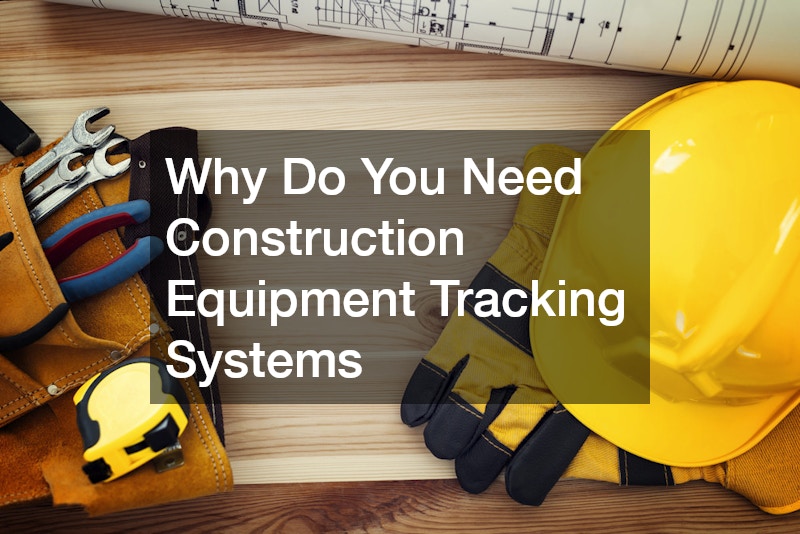Construction equipment tracking systems are crucial for managing a construction business efficiently. These systems use GPS and other technologies to monitor and manage the location, usage, and maintenance of heavy machinery and tools. As construction sites become more complex and equipment fleets grow larger, tracking systems offer numerous benefits that improve productivity, safety, and cost-effectiveness. Here’s why you need a construction equipment tracking system.
1. Improved Equipment Utilization
One of the primary reasons to implement a tracking system is to optimize the use of your equipment. By providing real-time data on where each piece of machinery is located and how frequently it’s being used, you can ensure that resources are allocated efficiently. If a certain piece of equipment is sitting idle on one site but needed at another, a tracking system can help you quickly identify this issue and relocate the machinery where it’s most needed. This not only reduces downtime but also maximizes the value of your investment in expensive construction equipment.
2. Reduced Theft and Loss
Construction equipment theft is a significant issue in the industry, and losing even one piece of machinery can be costly and disrupt project timelines. With a tracking system in place, you can monitor the location of your assets at all times, reducing the risk of theft. If equipment is moved without authorization, the system can send alerts, allowing for quick recovery. In addition to preventing theft, tracking systems help ensure that small tools and equipment aren’t misplaced, which can save you money on replacement costs.
3. Maintenance Scheduling and Monitoring
Regular maintenance is essential for keeping construction equipment in optimal condition and extending its lifespan. A tracking system can help automate the scheduling of maintenance by monitoring equipment usage and triggering alerts when service is due. This ensures that your machinery is regularly inspected, reducing the likelihood of breakdowns that could delay projects. Moreover, tracking systems can log maintenance histories, helping you track wear and tear over time and make informed decisions about equipment repairs or replacements.
4. Enhanced Job Site Safety
Construction equipment tracking systems contribute to job site safety by monitoring the location and status of heavy machinery. By knowing where each machine is at all times, you can avoid accidents that occur when multiple pieces of equipment are operating in close proximity. Some systems also offer usage tracking features, which ensure that equipment is only operated by authorized personnel, reducing the risk of unqualified operators handling dangerous machinery.
5. Cost Savings and Accountability
With better control over equipment usage and location, a tracking system helps reduce unnecessary costs related to fuel consumption, theft, and unplanned repairs. Additionally, these systems provide accountability by logging which operators use specific pieces of equipment and for how long. This promotes more responsible equipment handling and can improve the overall efficiency of your workforce.

